20 Legendary Video Game Consoles That Changed the Industry
From basements to boardrooms, these gaming machines transformed entertainment and shaped how we play. Each console brought innovations that revolutionized gaming, creating ripple effects that are still felt today.
Behind every breakthrough system lies a story of risk, innovation, and sometimes spectacular failure that paved the way for future success.
Magnavox Odyssey: The Pioneer
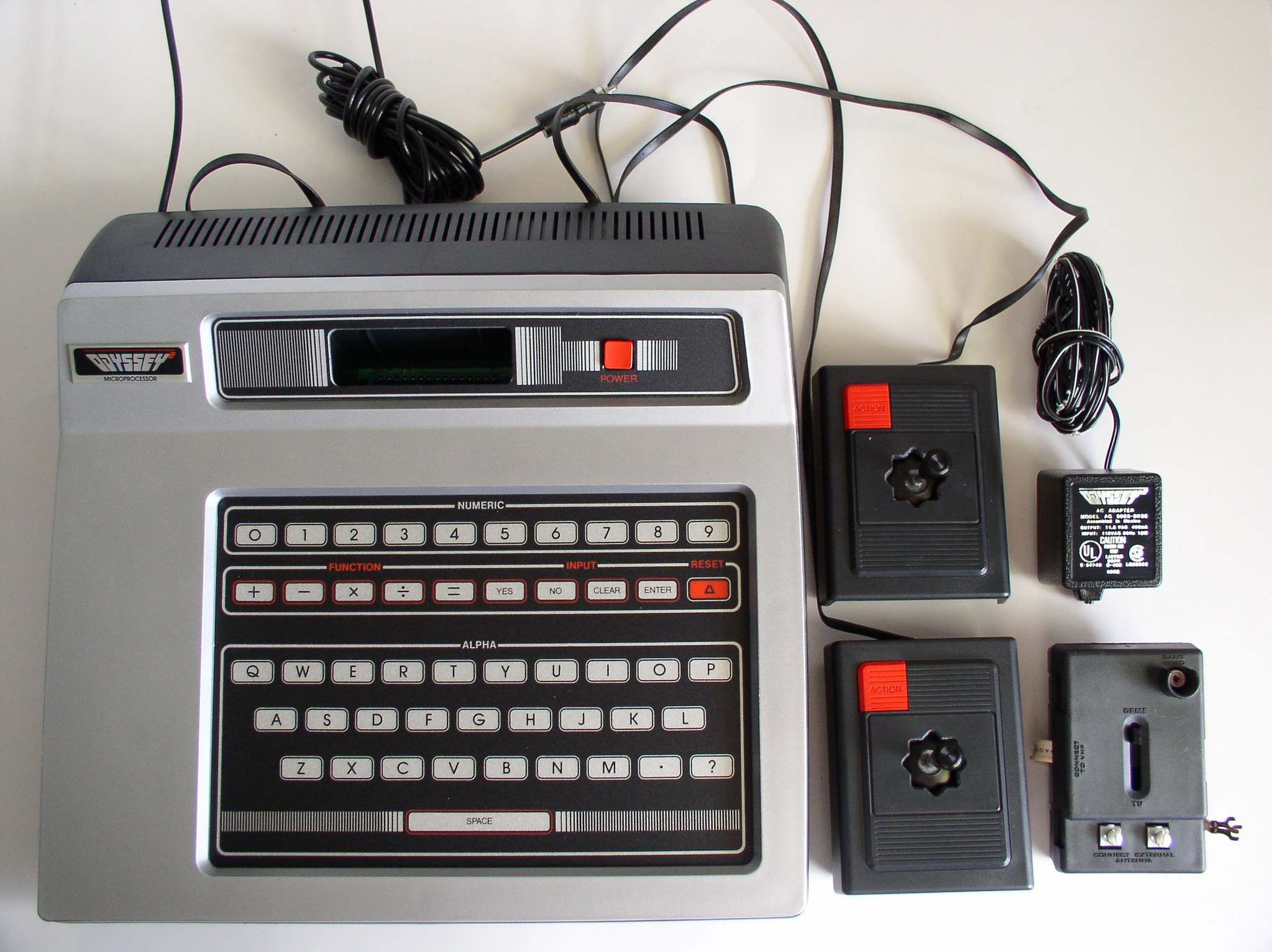
Before Pong, there was this 1972 marvel that introduced the world to home video games. Using translucent TV screen overlays and simple white dots, it created primitive tennis, hockey, and shooting games.
Engineers had to convince skeptical executives that people would pay to play games on their TVs. Early adopters reported confused customers trying to adjust their TV antennas to improve the graphics.
Atari 2600: The Living Room Revolution
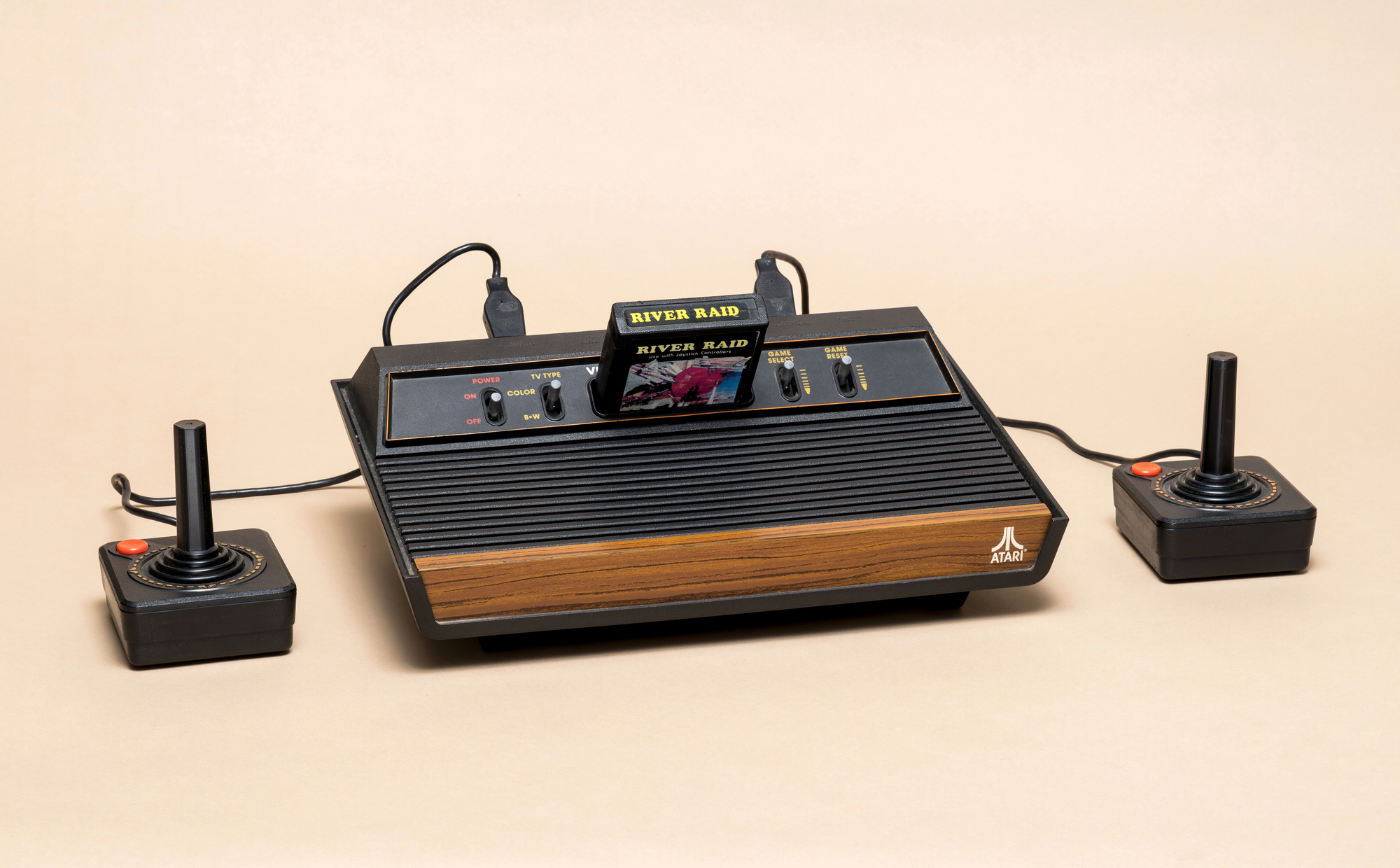
This wood-paneled box made video games a household staple and established the modern gaming industry. Its revolutionary cartridge system lets players build game libraries instead of being stuck with built-in titles.
Developers discovered programming tricks that pushed its limited hardware far beyond its intended capabilities. The infamous E.T. game crash nearly killed the entire gaming industry.
Like Go2Tutors’s content? Follow us on MSN.
Nintendo Entertainment System: The Industry Savior
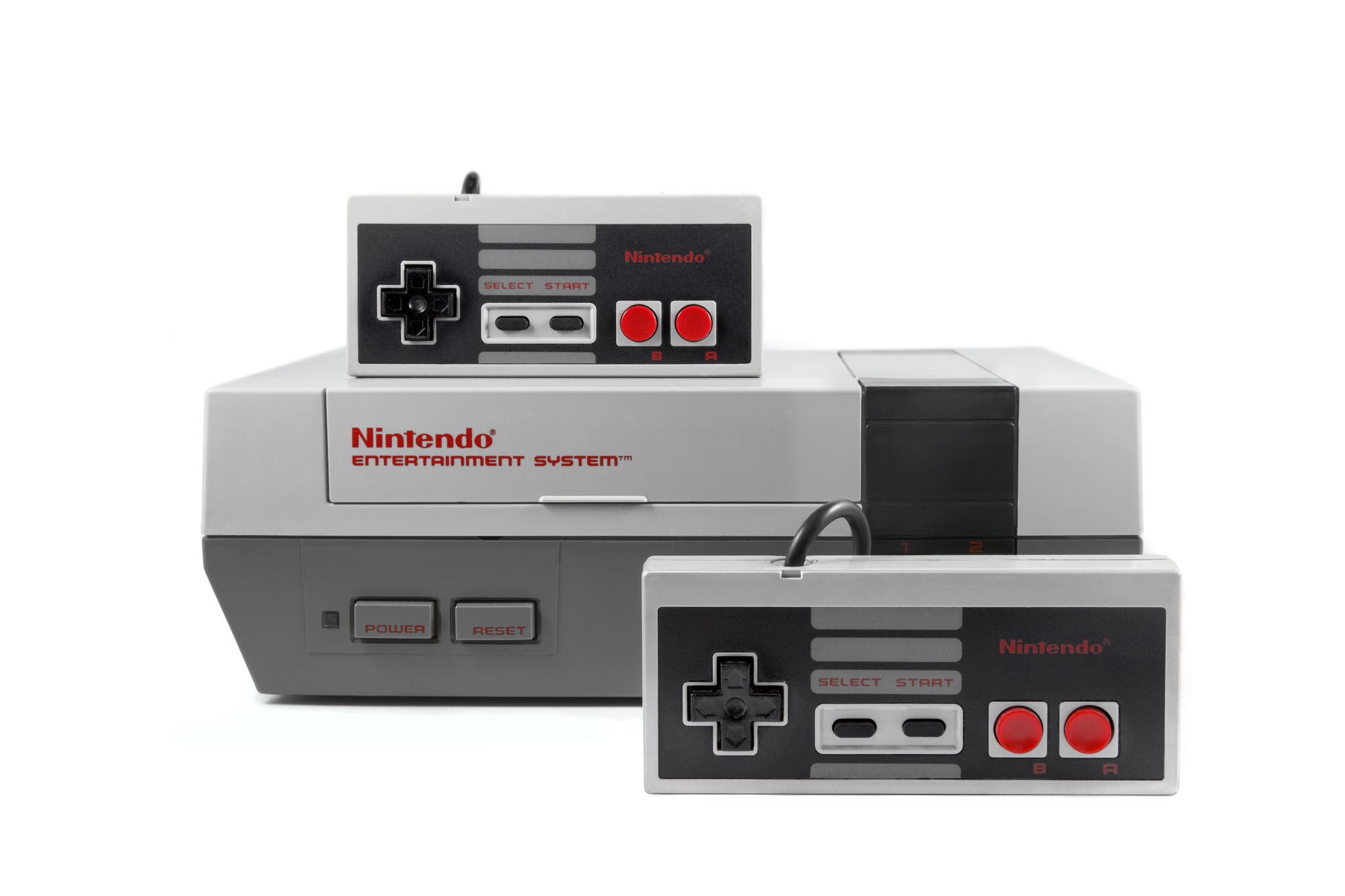
After the great video game crash of 1983, this unassuming grey box revived gaming through strict quality control and innovative marketing. Nintendo’s seal of quality became gaming’s most trusted symbol.
The lockout chip prevented unauthorized games but also sparked a cottage industry of workarounds. Parents still reference the “Nintendo Power Pause” when dinner’s ready.
Sega Genesis: The Cool Alternative
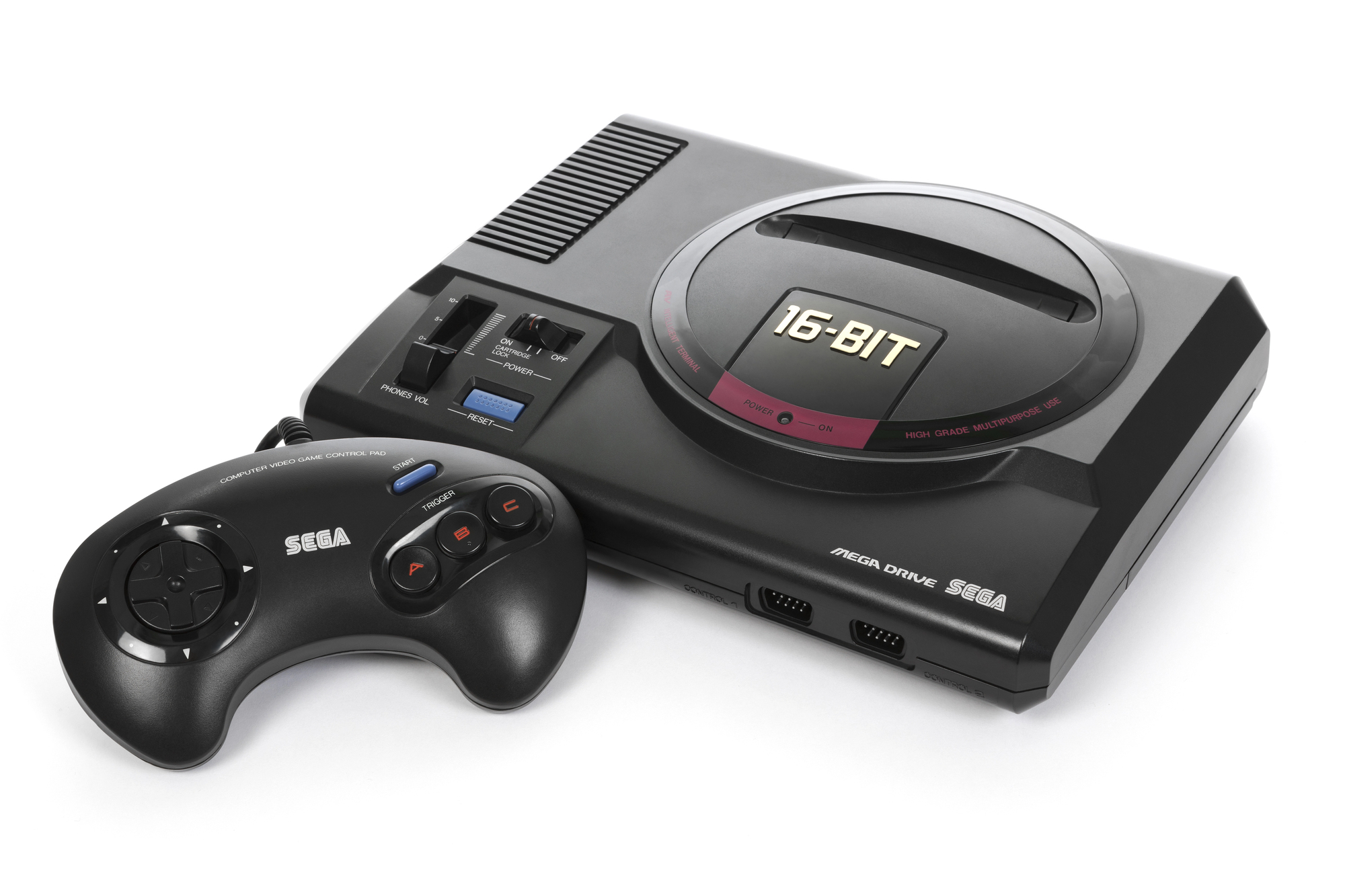
Marketed as the edgy choice for older gamers, it challenged Nintendo’s family-friendly dominance with “blast processing” and attitude. The “Genesis Does What Nintendo Doesn’t” campaign created the first true console war.
Developers learned to extract CD-quality sound from its humble sound chip through clever programming tricks. Rental stores needed separate sections for competing Nintendo and Sega fans.
Super Nintendo: The Artistic Canvas
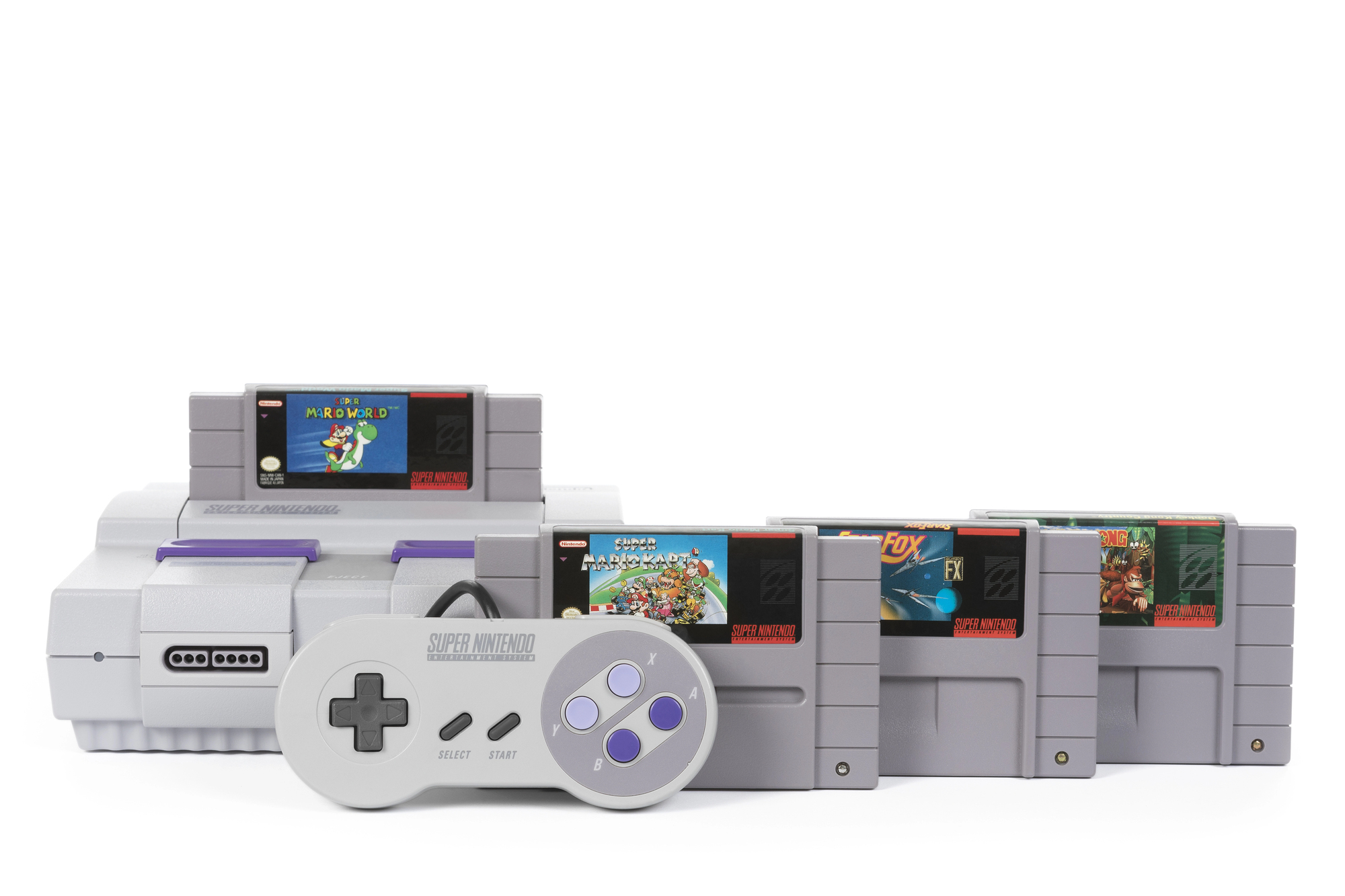
This 16-bit powerhouse pushed pixel art and chip music to new artistic heights, creating games that still look and sound impressive today. Its Mode 7 graphics rotation effects amazed players and inspired game designers.
Developers spent years discovering new ways to push their capabilities. Some Japanese models yellowed mysteriously due to a fire-retardant chemical reaction.
Like Go2Tutors’s content? Follow us on MSN.
Sony PlayStation: The 3D Revolution
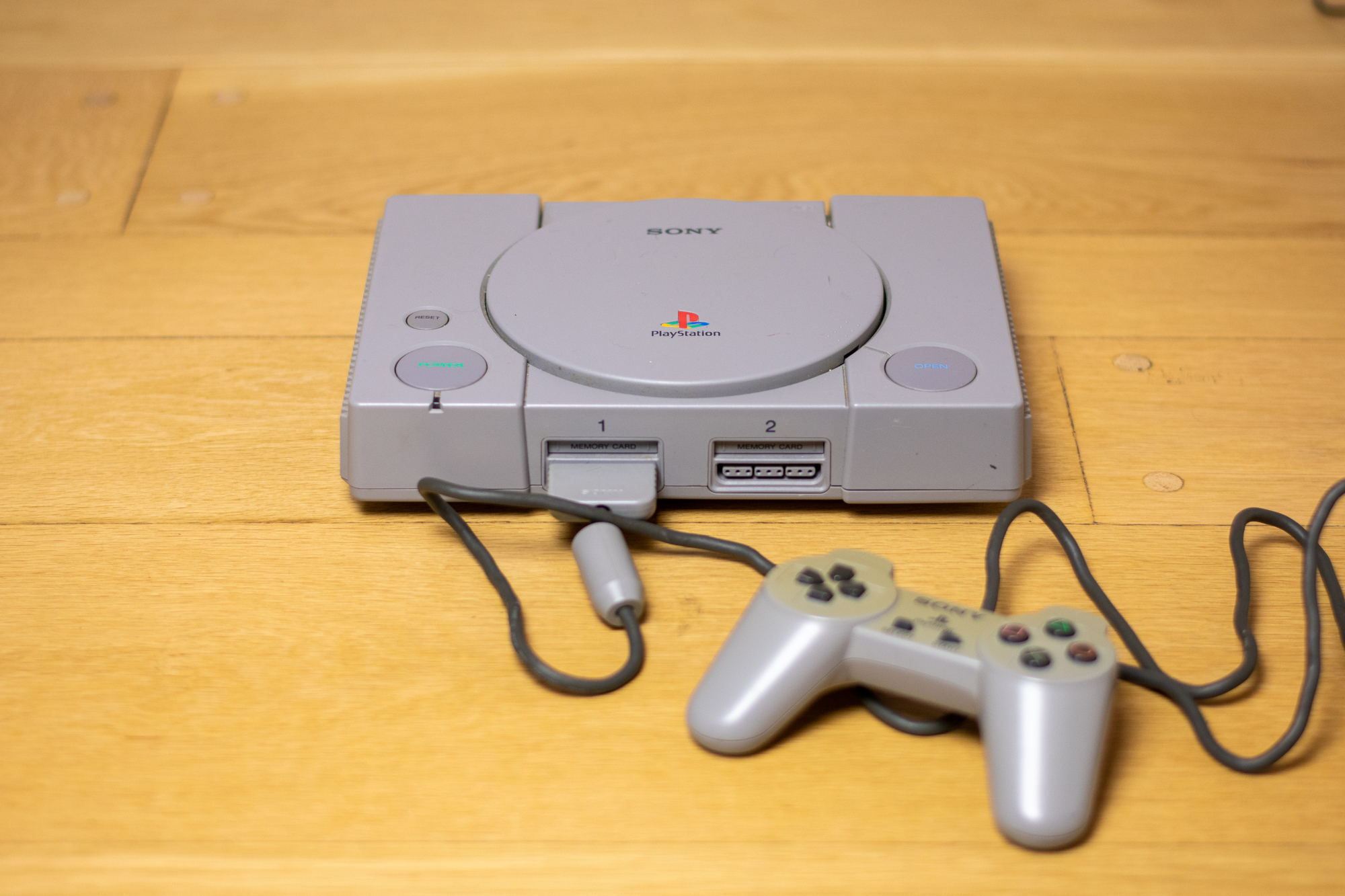
Sony’s entrance into gaming brought CD-ROM storage and true 3D graphics to the masses, revolutionizing how games were made and played. Its success came after a failed Nintendo partnership that was announced and canceled on the same day.
Loading times became the new “blow on the cartridge” ritual. Memory cards created a thriving trading economy at schools.
Nintendo 64: The Analog Pioneer
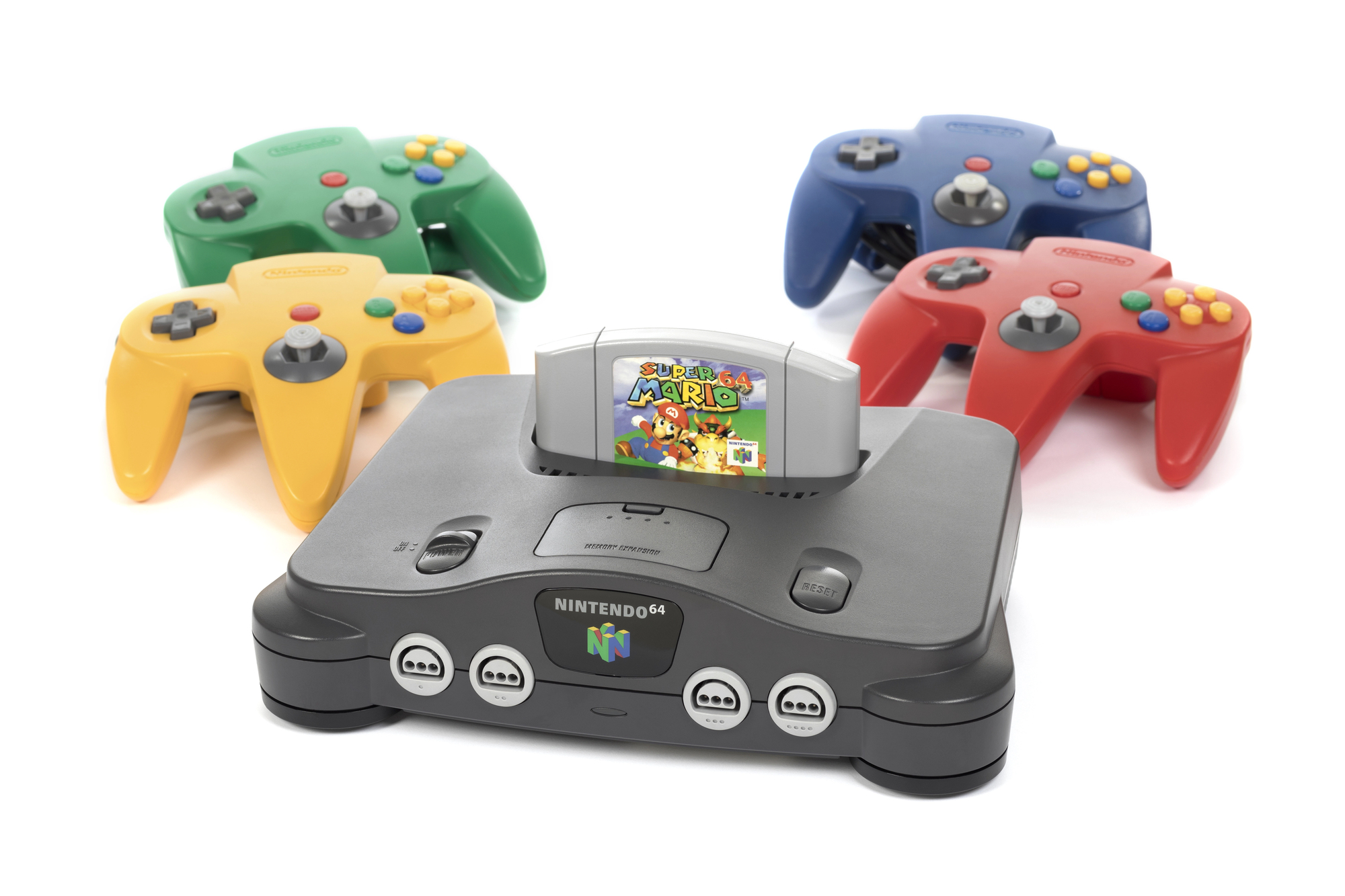
The three-pronged controller introduced analog stick control that became standard for 3D gaming. Its silicon graphics hardware brought workstation-level 3D capabilities home.
The cartridge format limited game sizes but eliminated loading times. Multiplayer games sparked heated debates about “screen-looking” ethics.
Sega Dreamcast: The Online Visionary
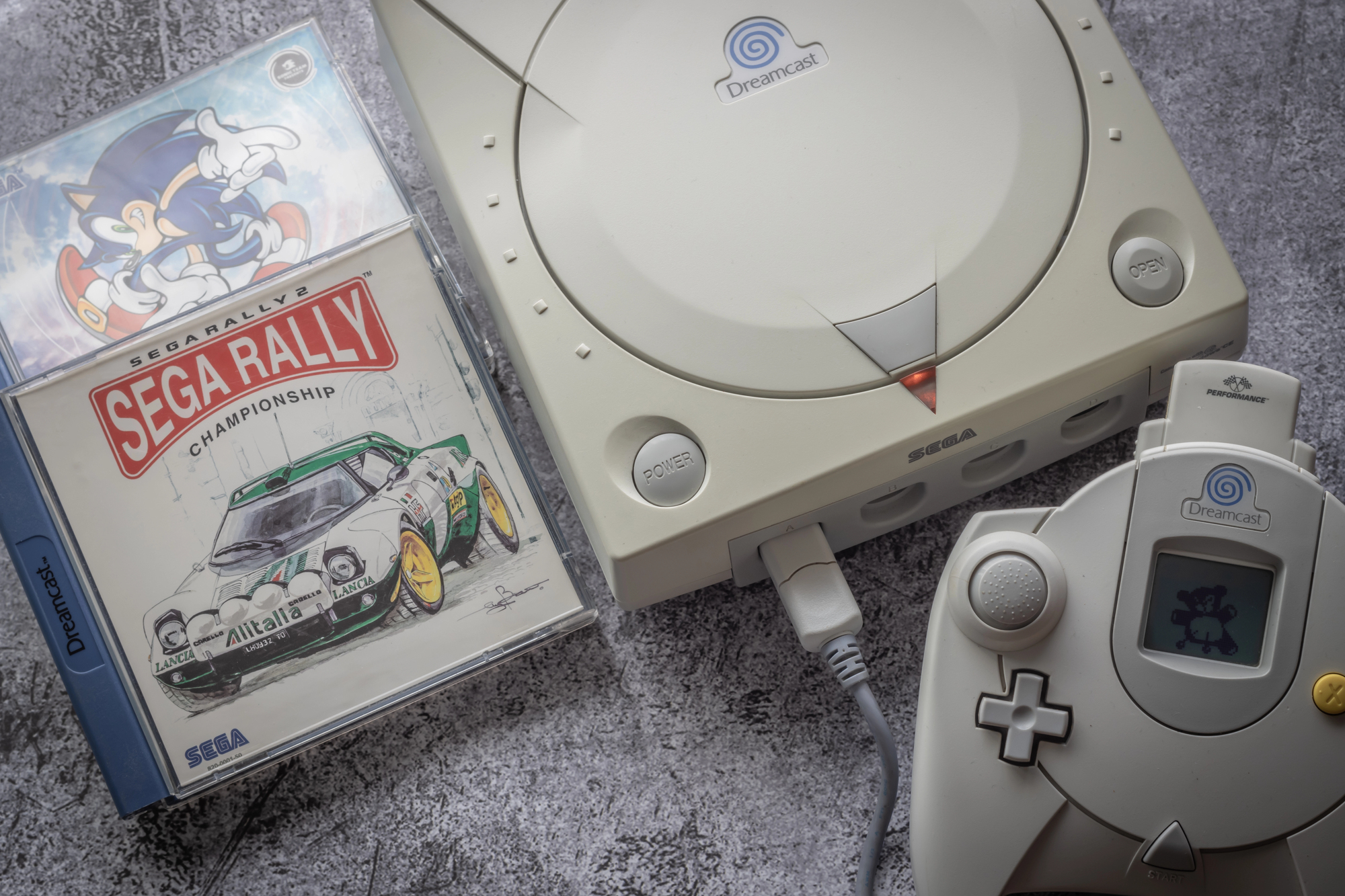
The first console with built-in online gaming and a web browser was ahead of its time but too early for widespread broadband. Its Visual Memory Unit screen-equipped memory cards created unique second-screen gaming experiences.
The ease of pirating games contributed to its early demise. Players still maintain active online communities for some games.
Like Go2Tutors’s content? Follow us on MSN.
PlayStation 2: The Entertainment Hub

The best-selling console of all time brought DVD playback to many homes and established consoles as multimedia devices. Its complex architecture frustrated early developers but enabled amazing late-life games.
Parents justified the purchase as a “cheap DVD player.” Some military organizations bought them in bulk due to their powerful processors.
Xbox: The Online Revolution
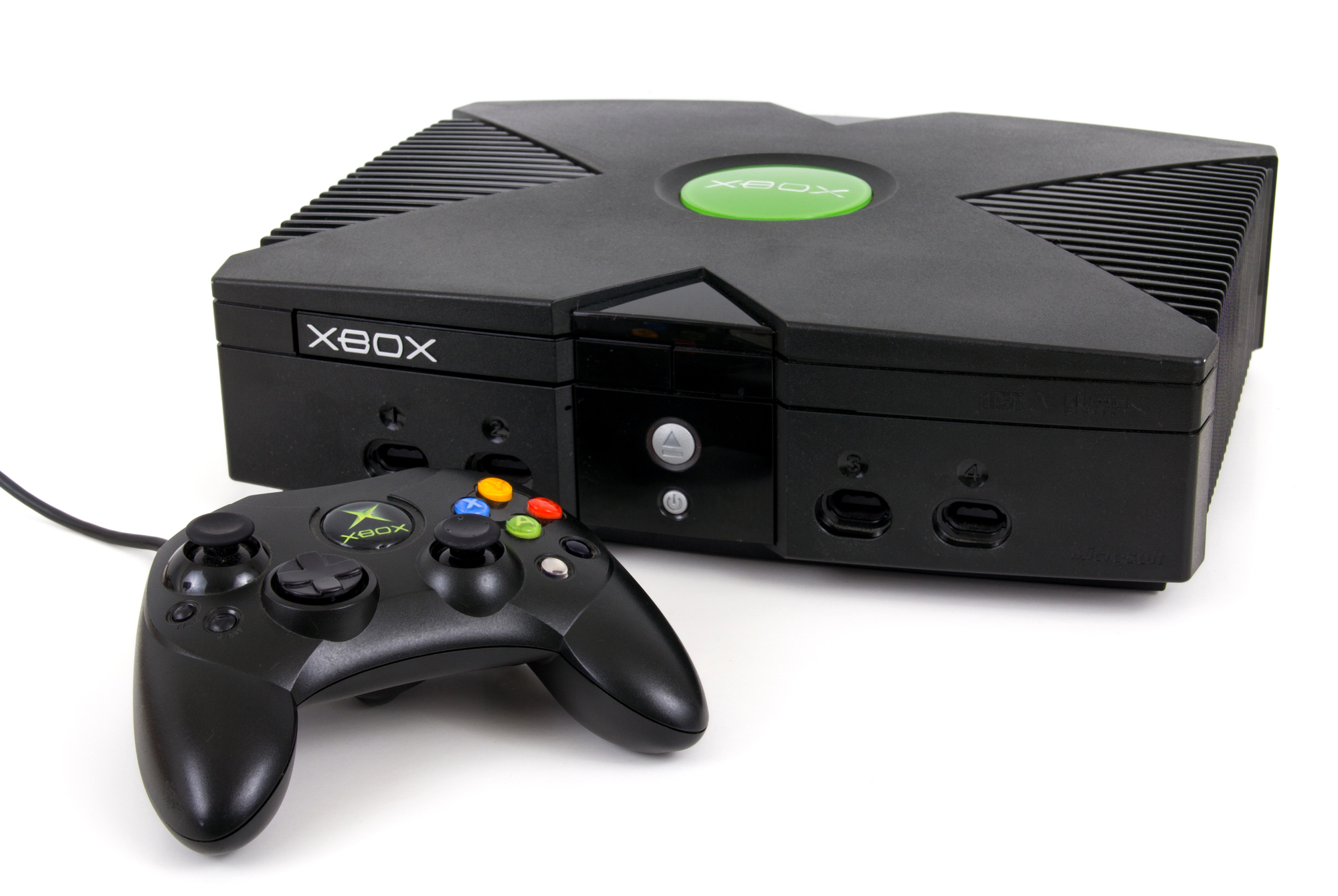
Microsoft’s entry into gaming standardized hard drives, online gaming, and local multiplayer game saves. Its massive controller became known as “The Duke” and required a redesign for smaller hands.
Halo LAN parties became a college dorm phenomenon. Modified consoles became popular media centers.
Like Go2Tutors’s content? Follow us on MSN.
Nintendo GameCube: The Compact Powerhouse
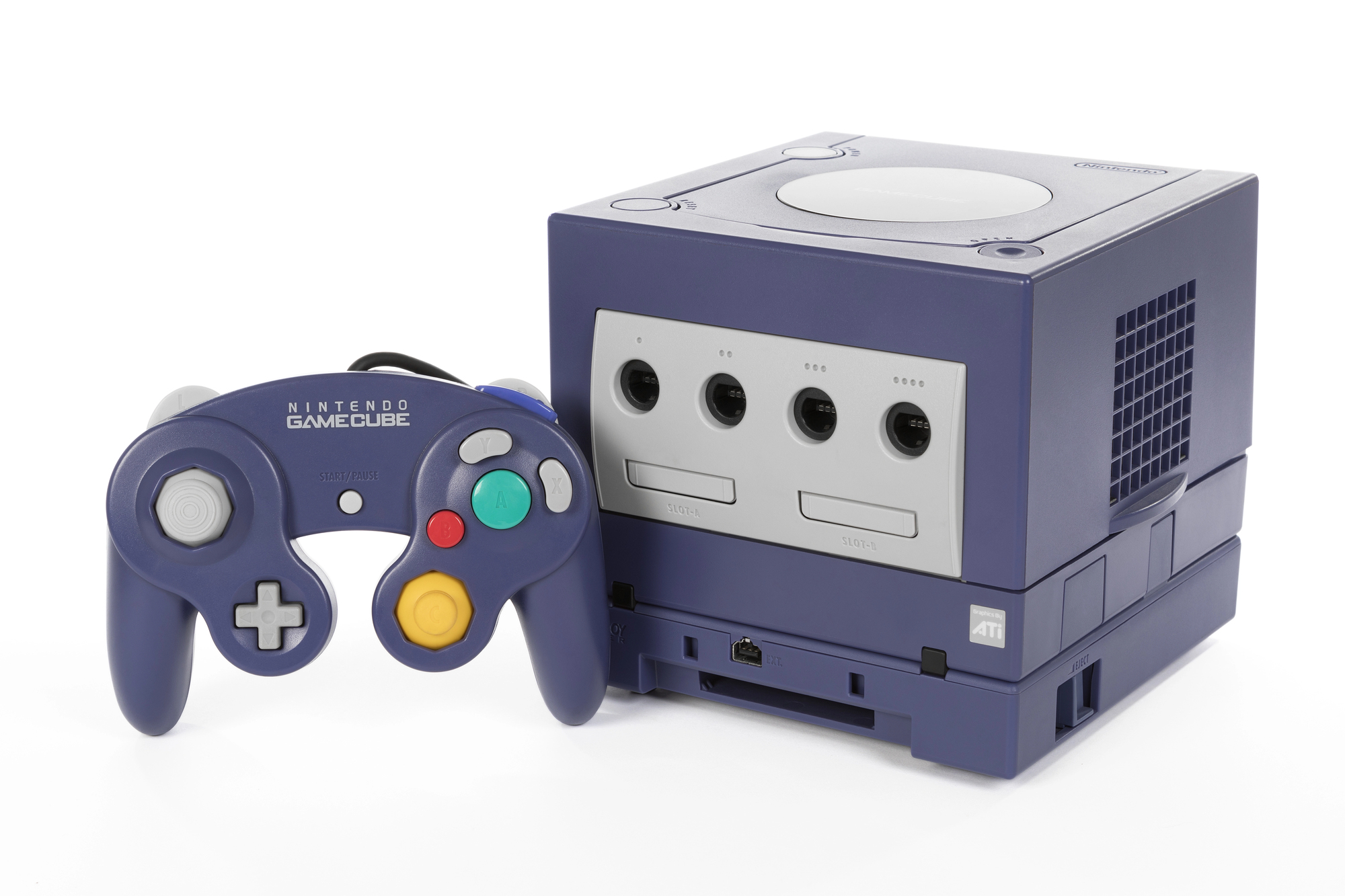
Its lunchbox design and handle emphasized Nintendo’s focus on pure gaming over multimedia features. The tiny proprietary discs reduced loading times but limited game sizes.
Its controller design influenced competitive gaming communities. Some models came with broadband adapters that few games utilized.
Xbox 360: The Social Gaming Pioneer
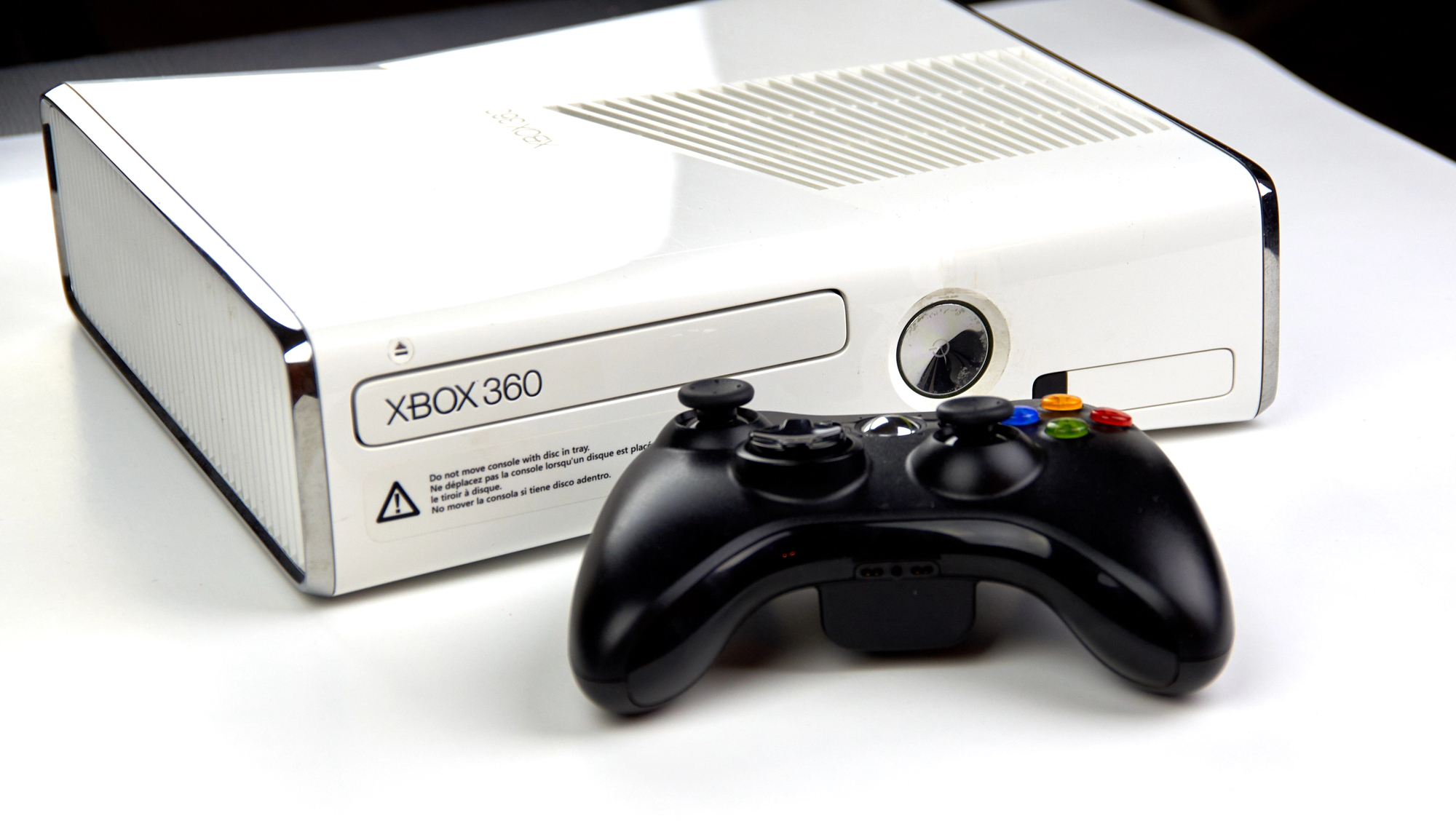
Xbox Live transformed online gaming from a feature to a central gaming experience. The Red Ring of Death hardware failure created a warranty service nightmare for Microsoft.
Achievement hunting has become a new way to play games. Early adopters learned to wrap their consoles in towels in a desperate attempt to repair them.
PlayStation 3: The Media Convergence
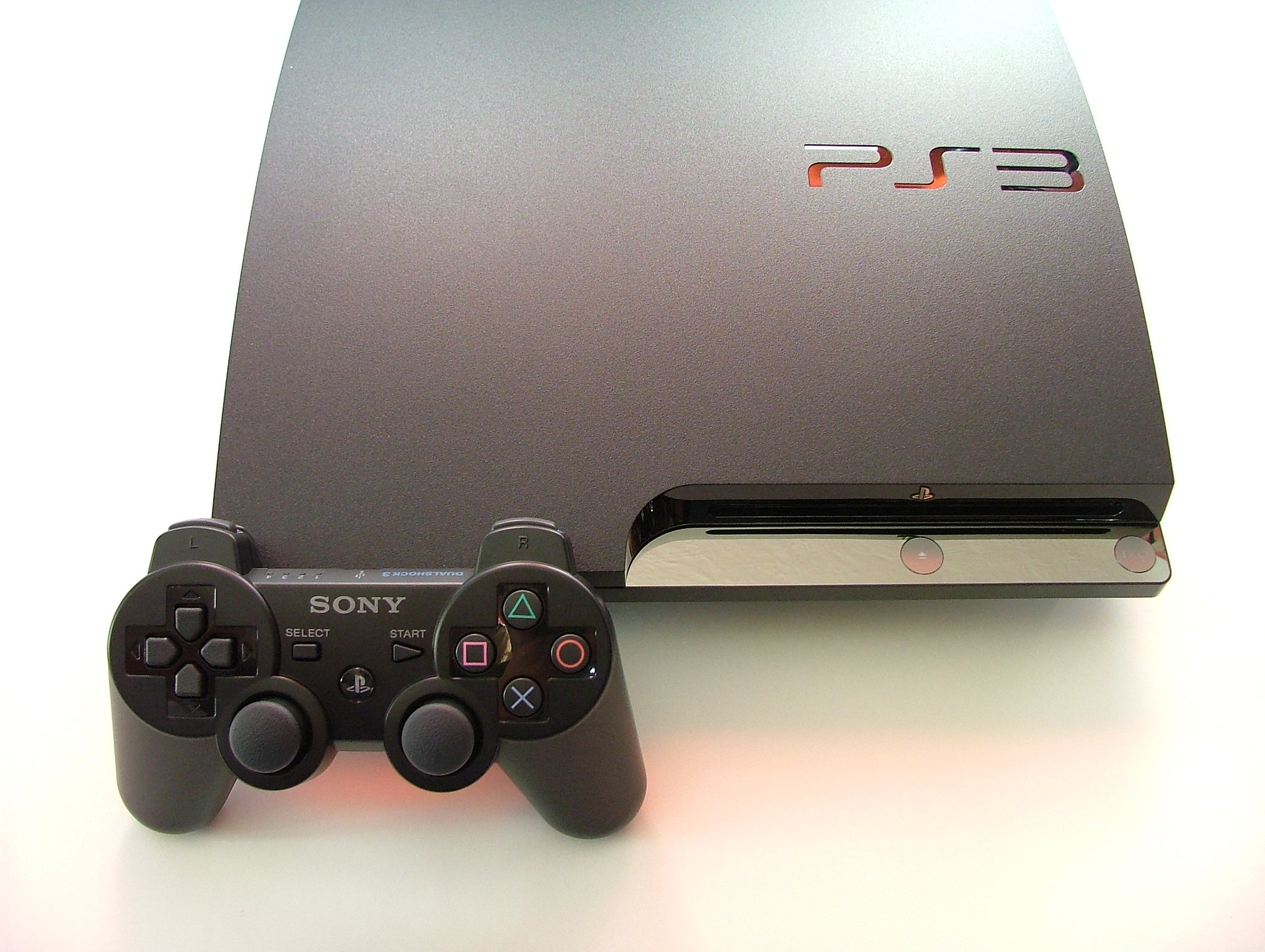
Its Blu-ray drive and powerful cell processor made it a technological marvel, but it was initially too expensive. Some organizations created supercomputer clusters using networked PS3s.
The removal of Linux support sparked legal controversies. Early models could play PS2 games through the actual PS2 hardware that was included inside.
Like Go2Tutors’s content? Follow us on MSN.
Wii: The Casual Gaming Revolution
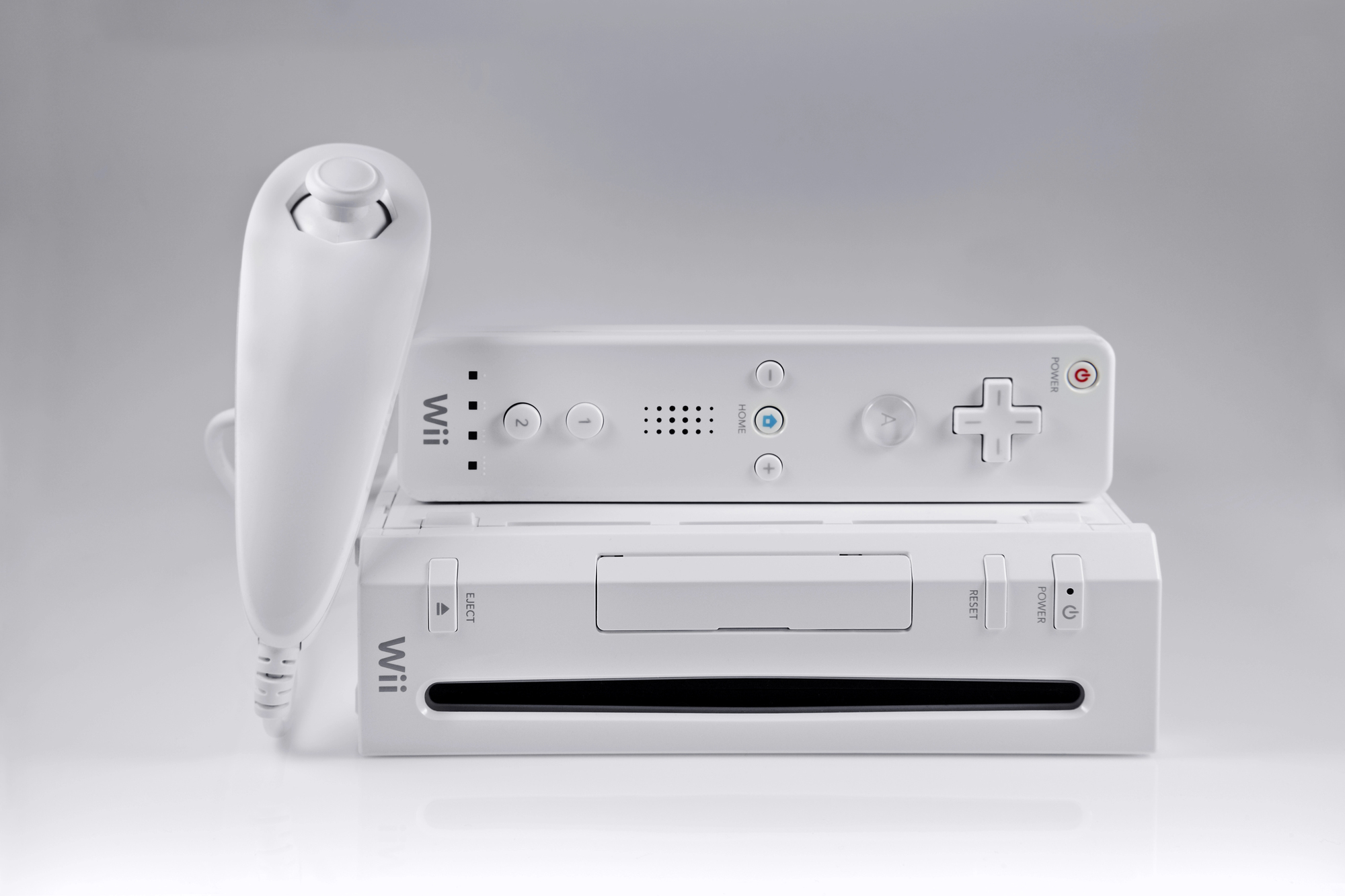
Motion controls brought gaming to new audiences and dominated social gatherings. Broken TV screens and flying controllers led to the term “Wii casualties.”
Senior centers installed them for exercise programs. The strap warning screen became a universal gaming meme.
Nintendo DS: The Touch Innovation
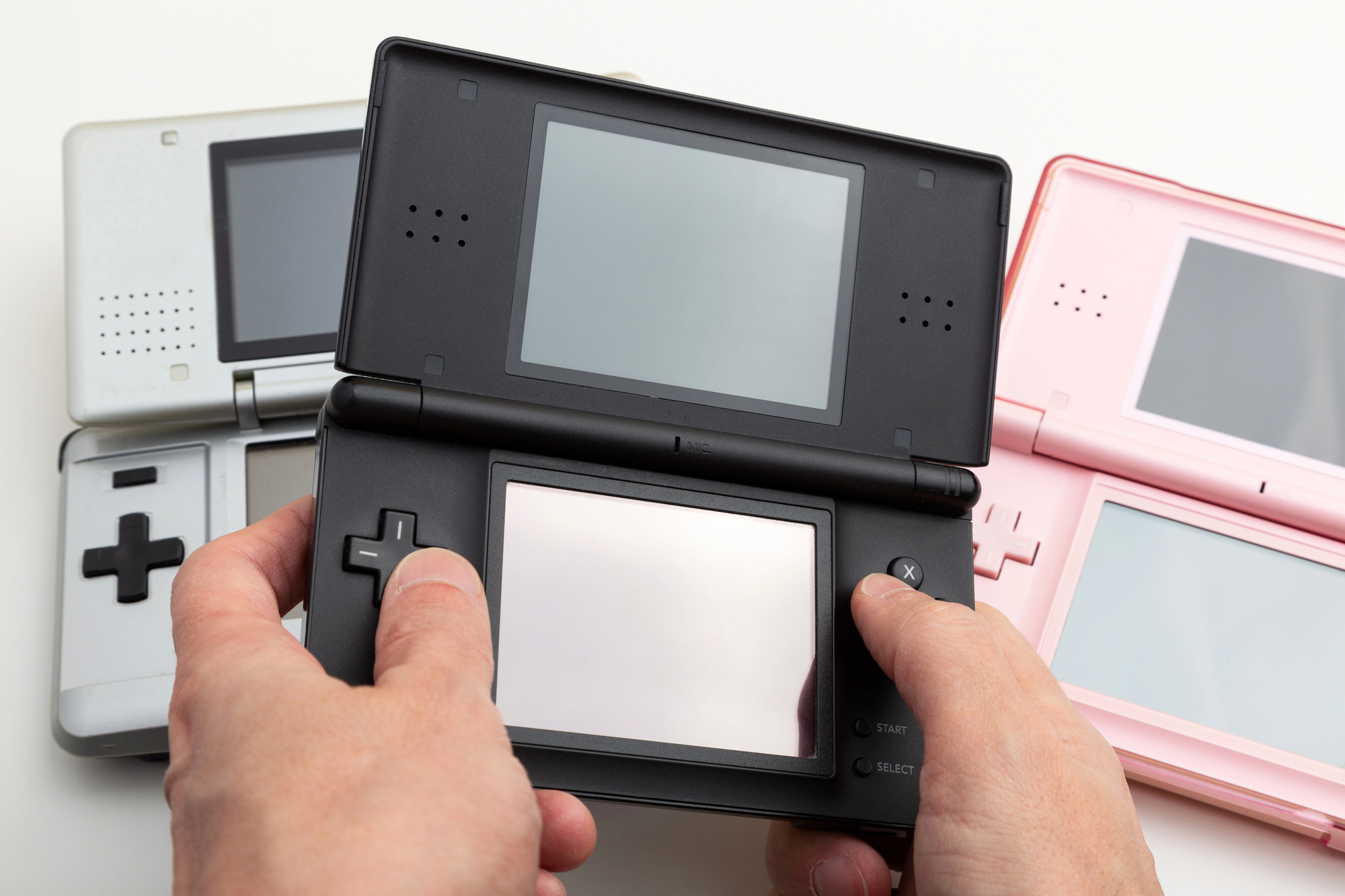
Dual screens and touch controls created new ways to play that influenced mobile gaming. Its wireless capabilities created spontaneous social gaming communities in Japan.
Brain training games convinced adults to carry gaming devices. The microphone feature led to quiet players suddenly shouting commands in public.
PlayStation Portable: The Multimedia Marvel
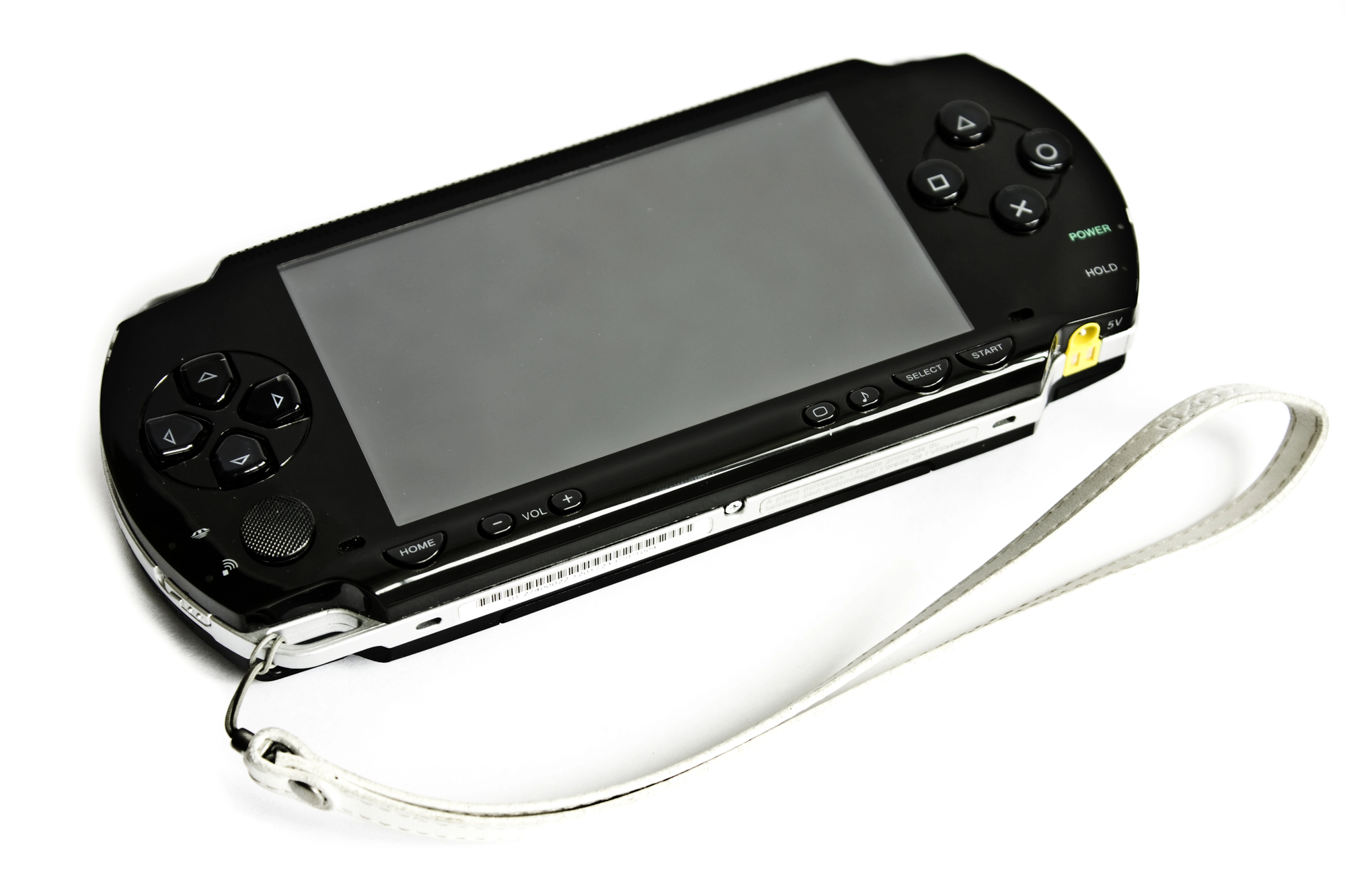
Sony’s attempt to create a mobile entertainment device brought console-quality graphics to handhelds. UMD movies became a failed format but showed handhelds could do more than gaming.
Its hardware became popular with homebrew developers. Some models could output to TVs, creating a pseudo-home console.
Like Go2Tutors’s content? Follow us on MSN.
Xbox One: The Entertainment Vision
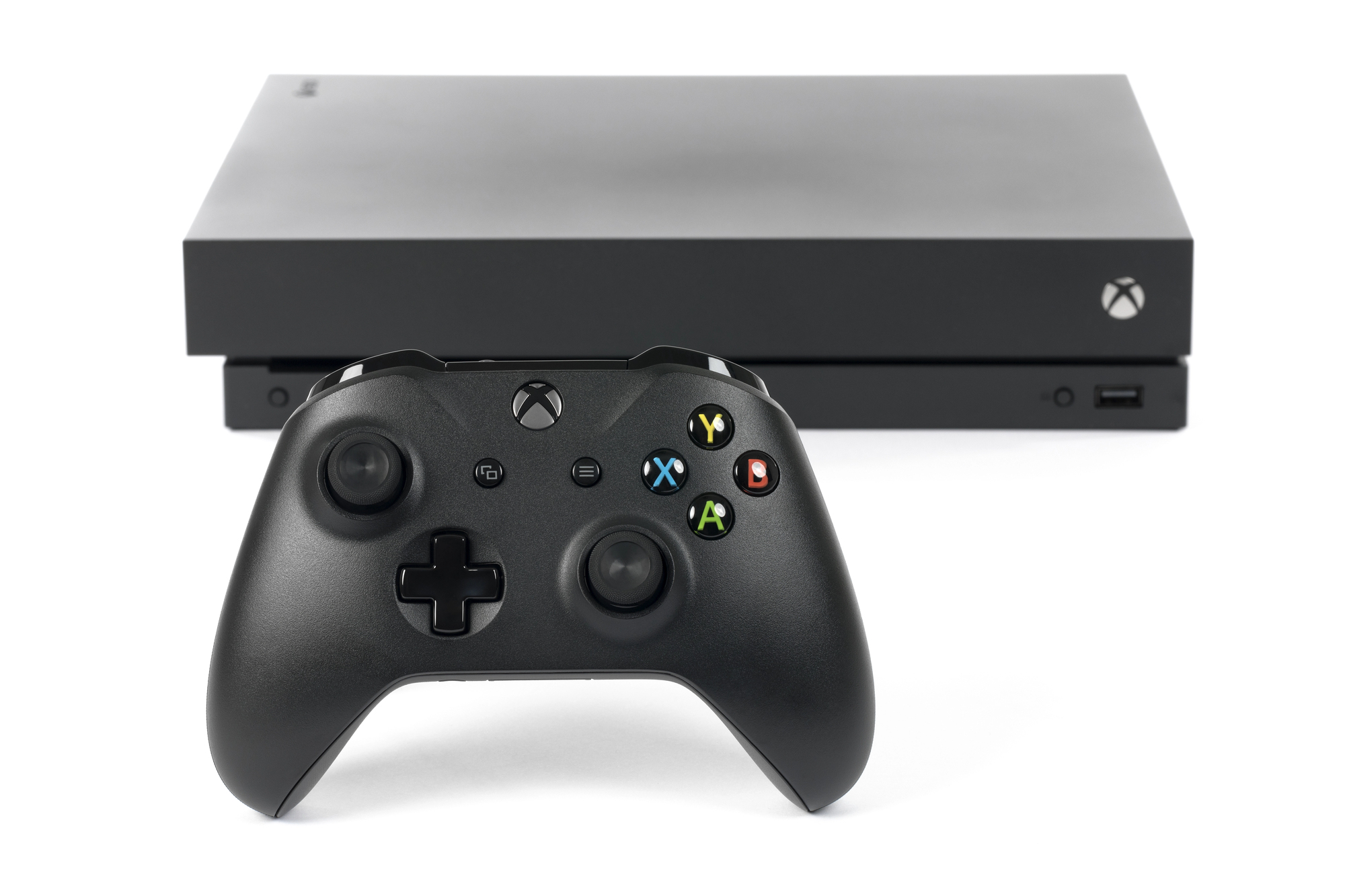
Microsoft’s focus on TV and media features initially backfired but predicted gaming’s multimedia future. The Kinect sensor sparked privacy concerns but pioneered voice control.
Always-online plans were canceled after public outcry, and early marketing confused parents about whether it could play games.
Nintendo Switch: The Hybrid Innovation
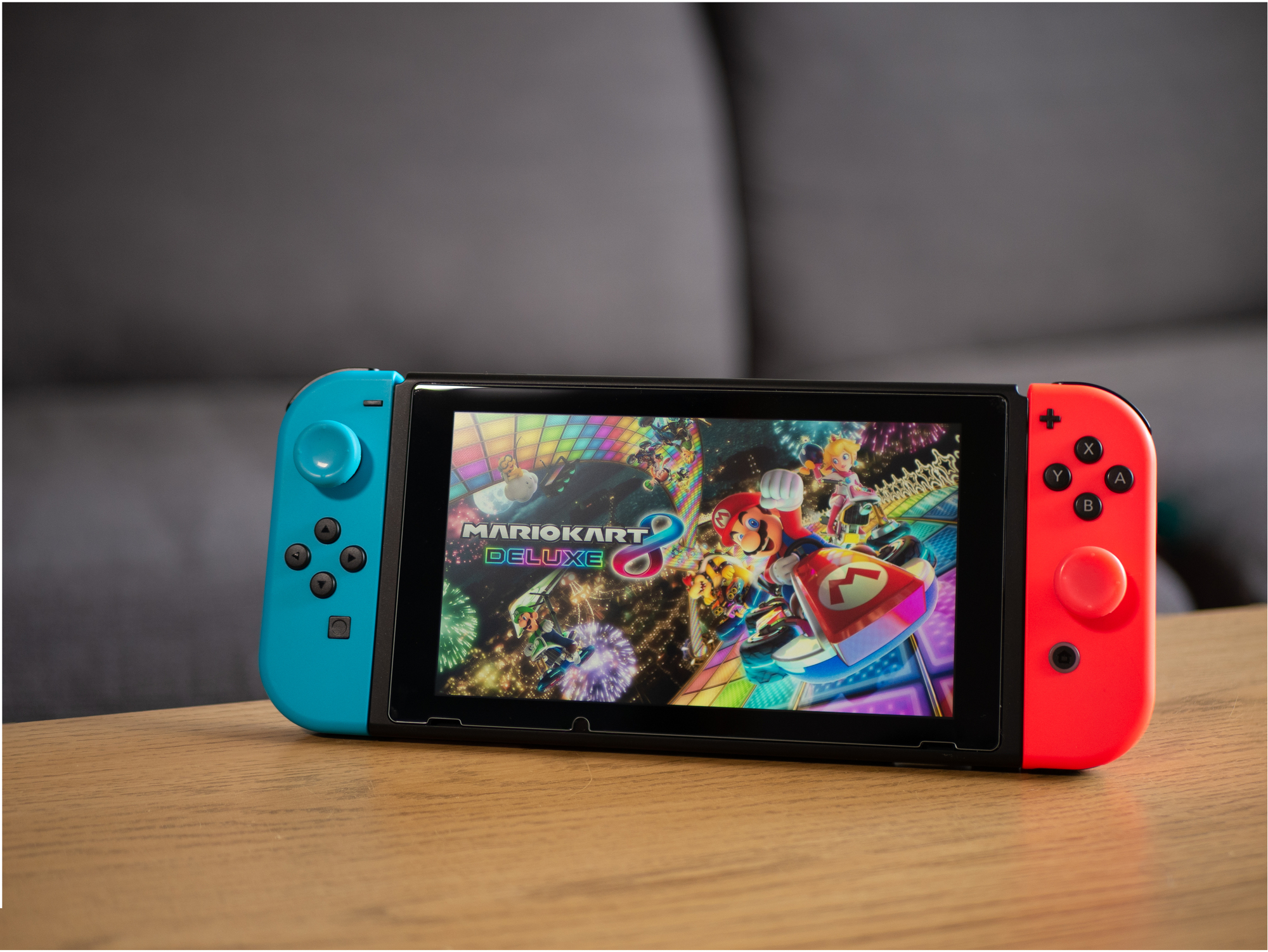
Combining home console and portable gaming created new ways to play and revolutionized game design. The Joy-Con controllers enabled instant multiplayer anywhere.
Developers had to learn to optimize games for two very different play modes. The clickable setup sound became instantly recognizable.
Like Go2Tutors’s content? Follow us on MSN.
Virtual Boy: The Noble Failure
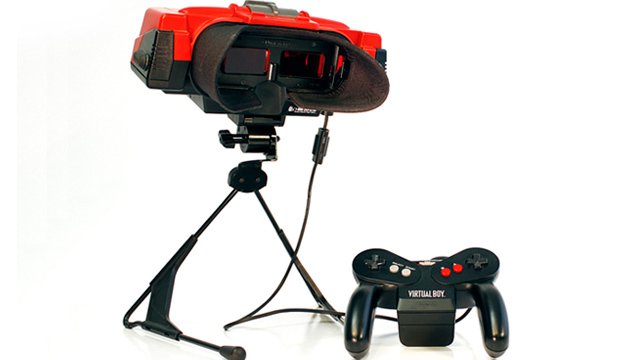
Nintendo’s ambitious 3D console caused headaches but pioneered VR gaming concepts decades too early. Its red-only display and awkward stand limited its appeal.
Some games warned players to take breaks every 15 minutes. Developers created innovative 3D designs despite hardware limitations.
Sega Saturn: The 2D Powerhouse
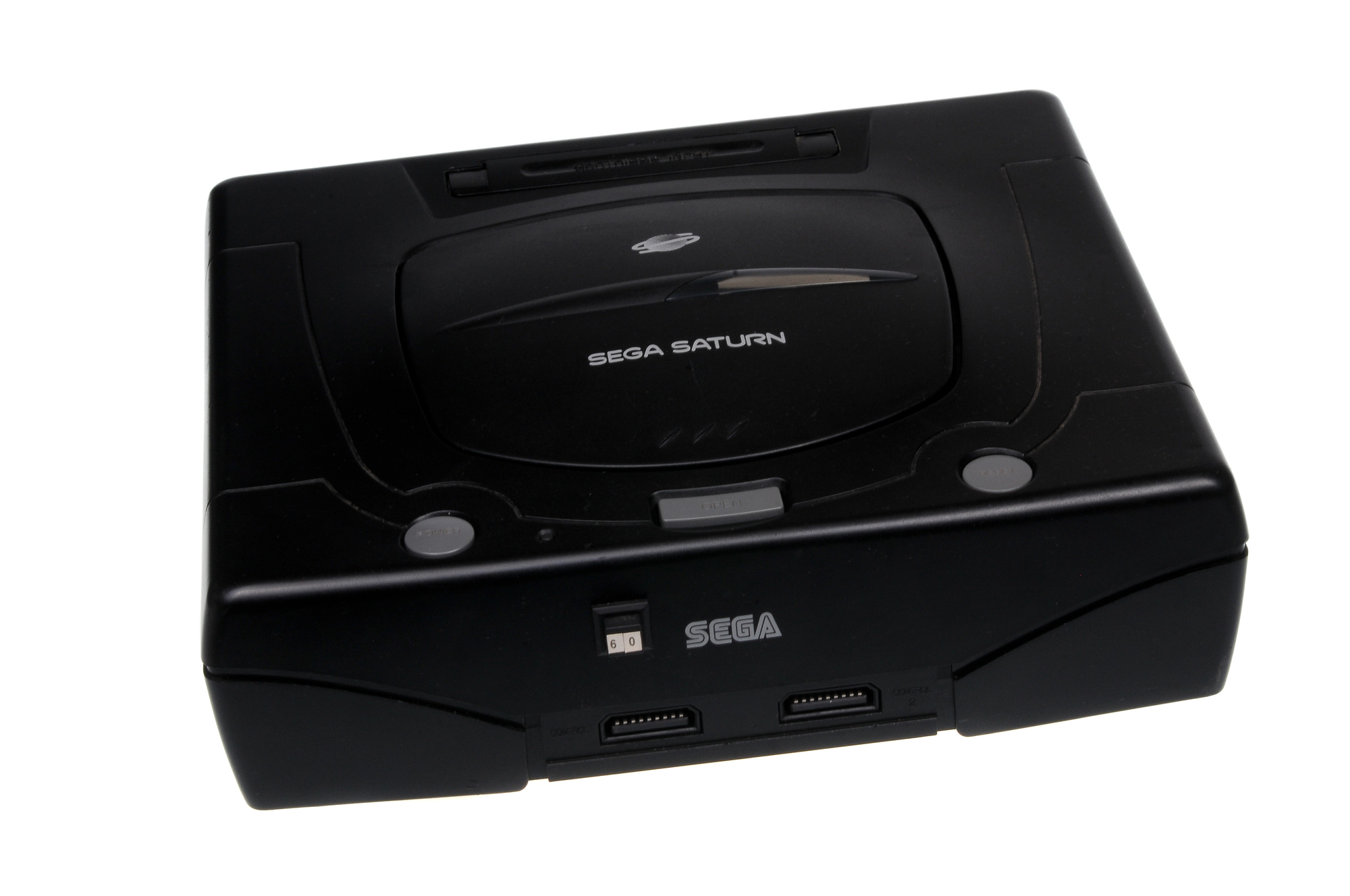
This console, designed to excel at 2D graphics, struggled with the industry’s sudden shift to 3D but produced some of gaming’s most beautiful sprite-based artwork. Its surprise early launch alienated retailers and developers, while its complex dual-CPU architecture frustrated programmers.
Japanese developers mastered its hardware to create stunning 2D games that still impress today. Devoted fans maintain a thriving homebrew development scene, exploring its untapped potential.
Gaming’s Evolution

These consoles did more than play games – they changed how we interact with technology and each other. Each failure inspired future successes, while victories set new standards for innovation.
As gaming moves toward streaming and virtual reality, these machines remind us that taking risks can revolutionize entertainment. Their influence extends beyond gaming into how we experience all digital media.
Like Go2Tutors’s content? Follow us on MSN.
More from Go2Tutors!

- Famous Battles: How Much Do You Really Know About U.S. History?
- Top 5 Most Important Skills, According To Harvard Business School
- How Well Do You Know 90s Pop Culture? Take the Quiz
- Master the Art of Public Speaking with These Expert Tips
- Think You Know Capitals? Put Your Knowledge to the Test
Like Go2Tutors’s content? Follow us on MSN.



